Biological Classification Important Points: Biological classification is a systematic way of grouping the organisms into categories based on their evolutionary relationships. It was first being proposed by Carl Linnaeus in the 18th century and is now known as Linnaean system of classification. The modern system of classification, known as phylogenetic system, groups organisms based on their evolutionary relationships as determined by the molecular and the morphological evidence. The major levels of the classification, from most to least inclusive are as follows- kingdom, phylum, class, order, family, genus, and at last species. Biological Classification Important Points, Biological Classification Important Points, Biological Classification Important Points
Biological Classification Important Points – NCERT Biology Class 11 Chapter 2
These are 30 important points on Biological Classification Important Points

1. Biological classification of the plants and the animals was first proposed by the scientist Aristotle on basis of simple morphological characters.
2. Linnaeus later classified all the living organisms into two kingdoms – Plantae and Animalia.
3. Then Whittaker proposed an elaborate five kingdom classification. Followed as– Monera, Protista, Fungi, Plantae and at last Animalia.
4. The main criteria of five kingdom classification in the year 1969 were the cell structure, the body organisation, the mode of nutrition and reproduction, and at last the phylogenetic relationships.
5. In the five kingdom classification by Whittaker, bacteria are included in the Kingdom Monera. Biological Classification Important Points
6. Bacteria are cosmopolitan in their distribution. These organisms shows most extensive metabolic diversity. They may be autotrophic or heterotrophic in their mode of nutrition.
7. The second Kingdom Protista includes all the single-celled eukaryotes such as the Chrysophytes, Dinoflagellates, Euglenoids, Slime-moulds and the Protozoans.
8. Protists have a defined nucleus and all other membrane bound organelles. They can reproduce both asexually as well as sexually.
9. The members of the Kingdom Fungi shows great diversity in their structures and habitat. Most of the fungi are saprophytic in their mode of nutrition. They can show asexual as well as sexual mode of reproduction. Phycomycetes, Ascomycetes, Basidiomycetes and Deuteromycetes are four different classes under the kingdom fungi.
10. The kingdom plantae includes all the eukaryotic, chlorophyll-containin organisms. Algae, bryophytes, pteridophytes, gymnosperms and also the angiosperms.
11. The life cycle of the plants exhibits alternation of the generations – i.e gametophytic and sporophytic generations.
12. The heterotrophic eukaryotic, multicellular organisms which lacks a cell wall are included in Kingdom Animalia. The mode of the nutrition of these organisms is holozoic i.e. with the use of mouth. They mostly reproduce by the sexual mode of reproduction.
13. Some acellular organisms like the viruses and the viroids as well as the lichens are not included in this five kingdom classification system.
14. The Five-Kingdom classification system as proposed by the scientist Robert Whittaker in the year 1969 is based on differences in their cell organization, body organization, and the mode of nutrition.
15. The classification system of the three-domain proposed by the scientist Carl Woese in the year 1990 is based on differences in their cell structures and type of nucleic acids.
16. The three-domain system of classification includes -Bacteria, Archaea, and Eukarya.
17. The classification of the organisms helps in understanding evolutionary relationships among the different groups of organisms.
18. The classification of the organisms is important for identification, study, and management of the different species.
19. The classification of the organisms is based on both the morphological and the molecular characteristics.
20. The classification of the organisms can be done by using the various methods such as grouping by similarities, grouping by descent, and grouping by the evolutionary relationships.
21. The classification of the organisms is constantly changing as new discoveries and research reveal new information about relationships between the different groups of organisms.
22. The classification of the organisms is important for preservation of the biodiversity.
23. The classification of the organisms helps in understanding the distribution and the adaptation of the different species in different habitats.
24. The classification of the organisms helps in understanding ecological relationships between the different species and their impact on ecosystem.
25. The classification of the organisms helps in understanding the economic importance of the different species.
26. The classification of the organisms helps in understanding medical importance of the different species.
27. The classification of the organisms helps in understanding the phylogeny i.e. the (evolutionary history) of the different groups of organism.
28. Viroids : In 1971, scientist, T.O. Diener discovered a new infectious agent that was smaller than the viruses and caused the potato spindle tuber disease. It was found to be as a free RNA; it lacked protein coat that is found in viruses, hence was named as viroid. The RNA of viroid was of quite low molecular weight.
29. Prions : In the modern medicine certain infectious neurological diseases were found to be transmitted by an agent consisting of abnormally the folded protein. The agent was similar in size to as viruses. These agents are termed as prions. The most notable diseases caused by the prions are bovine spongiform encephalopathy (BSE) commonly termed as mad cow disease in the cattle and its analogous variant Cr–Jacob disease (CJD) in the humans beings.
30. Lichens : Lichens are the symbiotic associations i.e. mutually useful associations between the algae and the fungi. The algal component is known as the phycobiont and the fungal component as the mycobiont, which are the autotrophic and heterotrophic, respectively. Algae prepare the food for fungi and fungi provides the shelter and absorbs the mineral nutrients and water for its partner. So close is their association that if one saw a lichen in the nature one would never imagine that they had the two different organisms within them. Lichens are the very good pollution indicators – they do not grow in the polluted areas.
Some Important Questions From Biology Class 11 like Biological Classification Important Points
| Chapter Name | Quiz Link |
| The Living World | Play Now |
| Biological Classification | Play Now |
| Plant Kingdom | Play Now |
| Animal Kingdom | Play Now |
| Morphology of flowering plants | Play Now |
| Anatomy of flowering plants | Play Now |
| Cell: the unit of life | Play Now |
| Biomolecules | Play Now |
| Cell Cycle and cell division | Play Now |
| Transport in Plants | Play Now |
| Structural organisation in Animals | Play Now |
| Mineral nutrition | Play Now |
| Photosynthesis in higher plants | Play Now |
| Respiration in plants | Play Now |
| Plant Growth and development | Play Now |
| Digestion and Absorption | Play Now |
| Breathing and Exchange of Gases | Play Now |
| Body fluids and circulation | Play Now |
| Excretory products and their elimination | Play Now |
| Locomotion and Movement | Play Now |
| Neural Control and Coordination | Play Now |
| Chemical Coordination and Integration | Play Now |
Some Important Questions From Biology Class 12
| Chapter Name | Quiz Link |
| Reproduction in organism | Play Now |
| Sexual reproduction in flowering plant | Play Now |
| Human reproduction | Play Now |
| Reproductive health | Play Now |
| Principles of inheritance and variation | Play Now |
| Molecular basis of inheritance | Play Now |
| Evolution | Play Now |
| Human health and disease | Play Now |
| Strategies for enhancement in food product | Play Now |
| Microbes in human welfare | Play Now |
| Biotechnology principles and processes | Play Now |
| Biotechnology and its application | Play Now |
| Organism and population | Play Now |
| Ecosystem | Play Now |
| Biodiversity and its conservation | Play Now |
| Environment issue | Play Now |





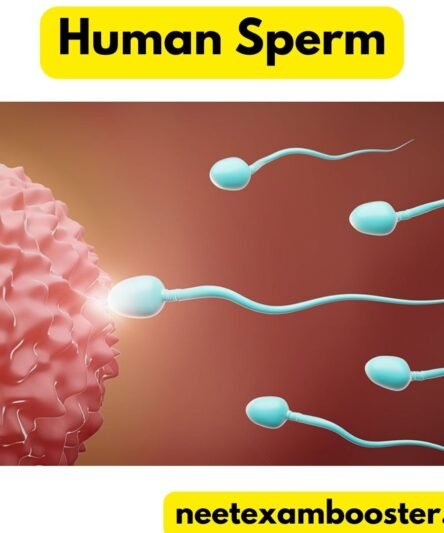



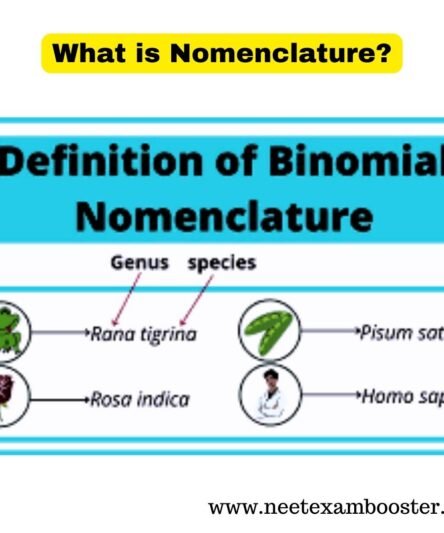
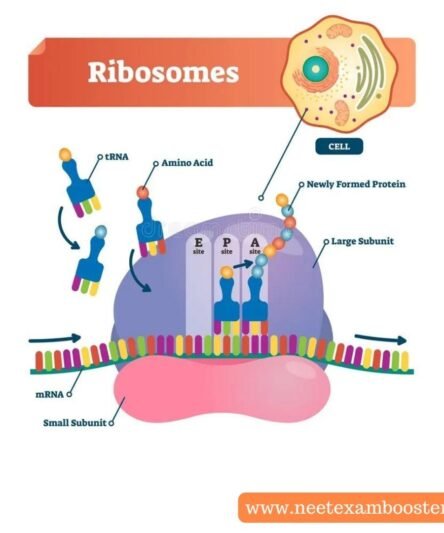







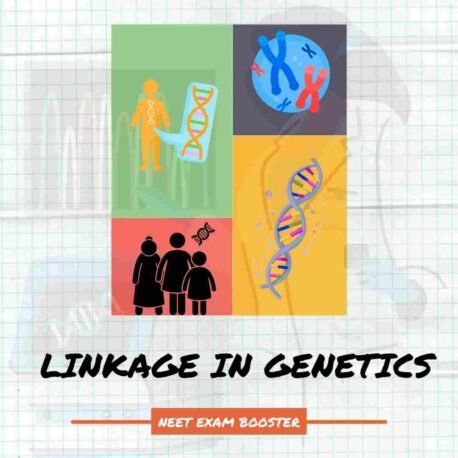
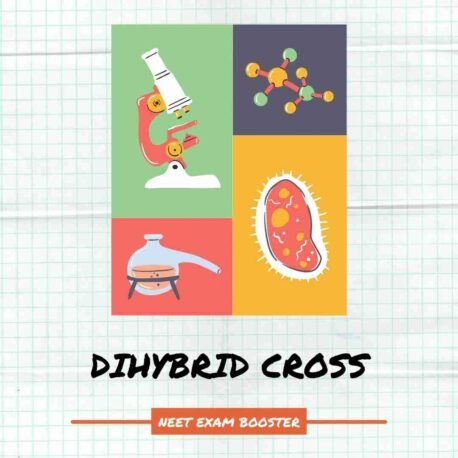
Pingback: Biology Important Points For NEET Class 11 And Class 12